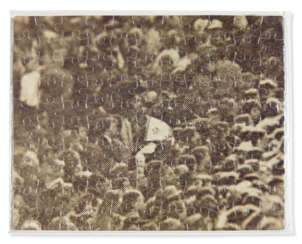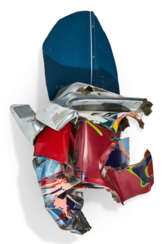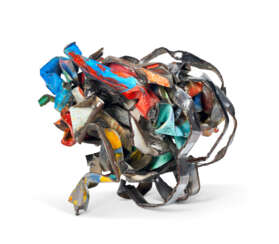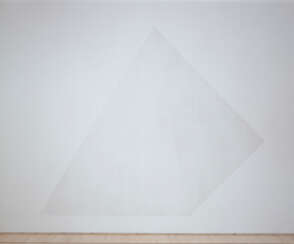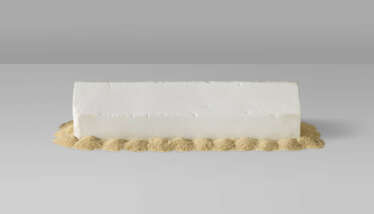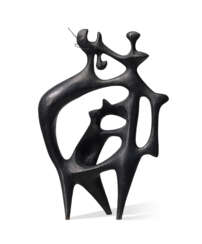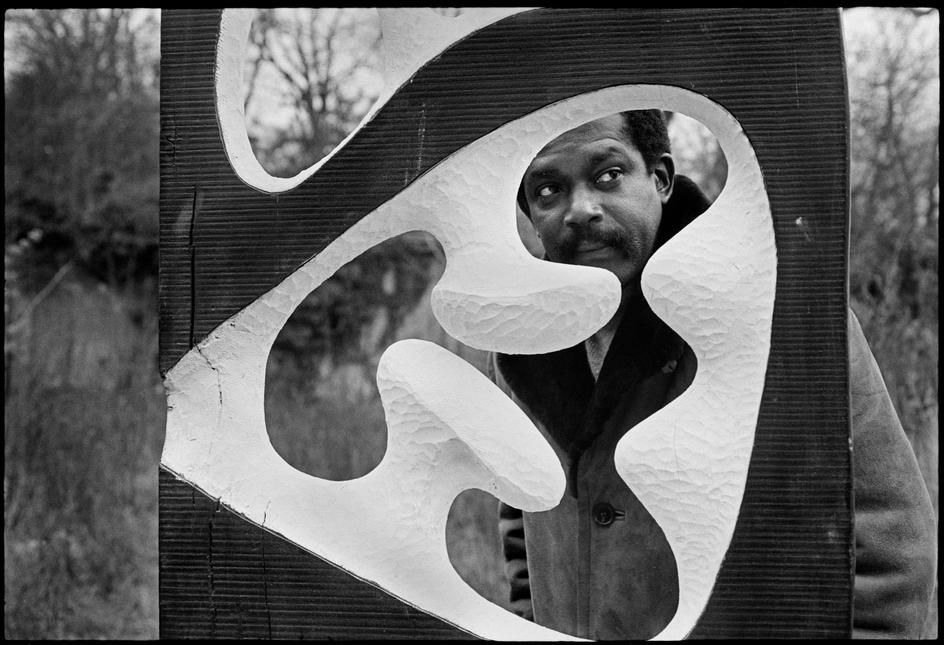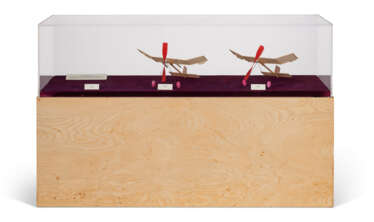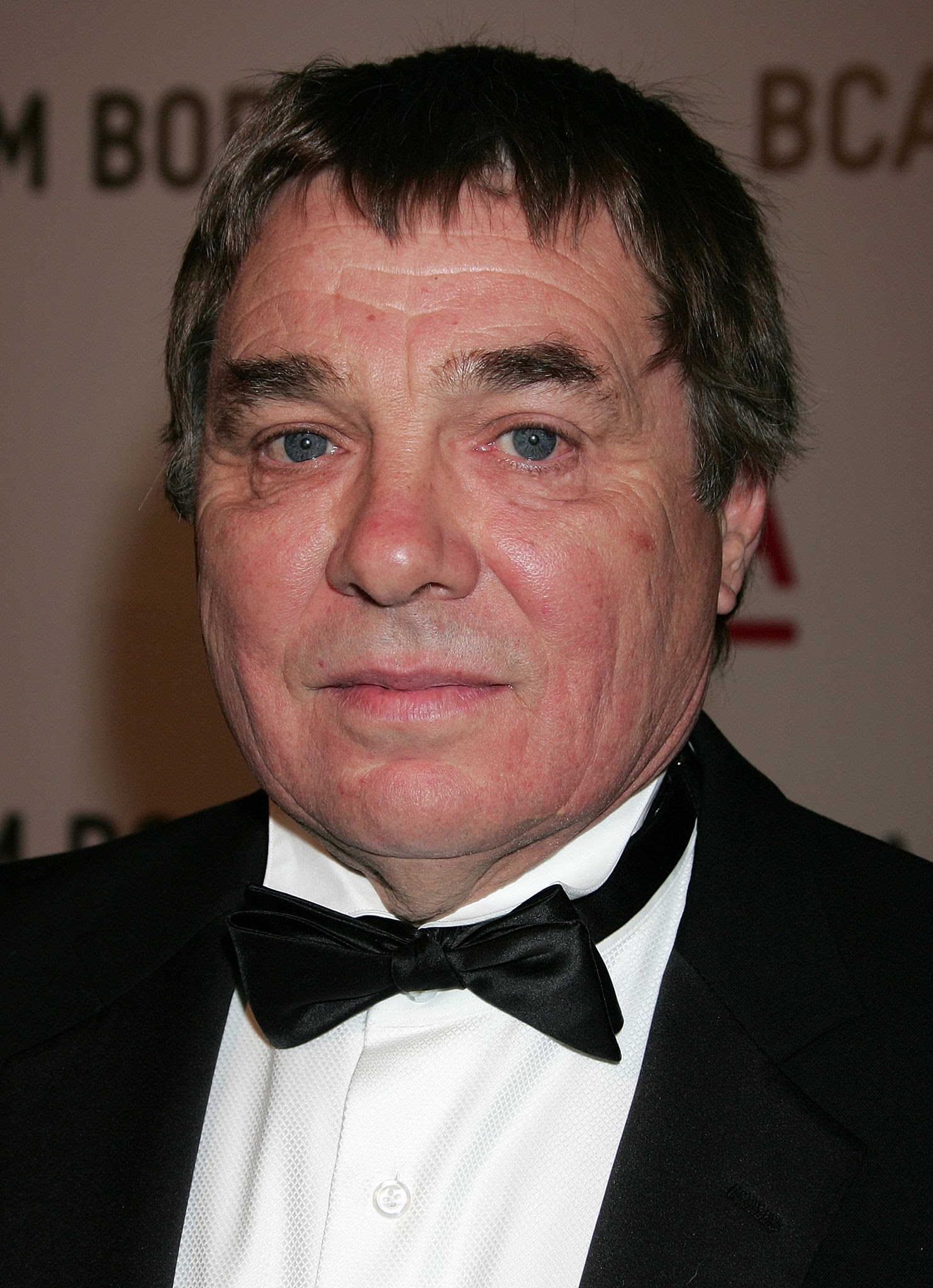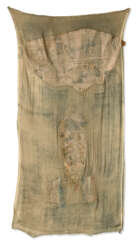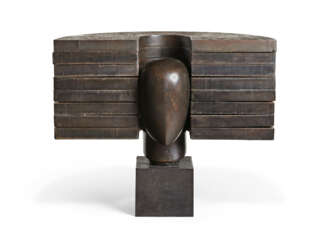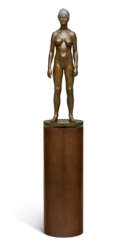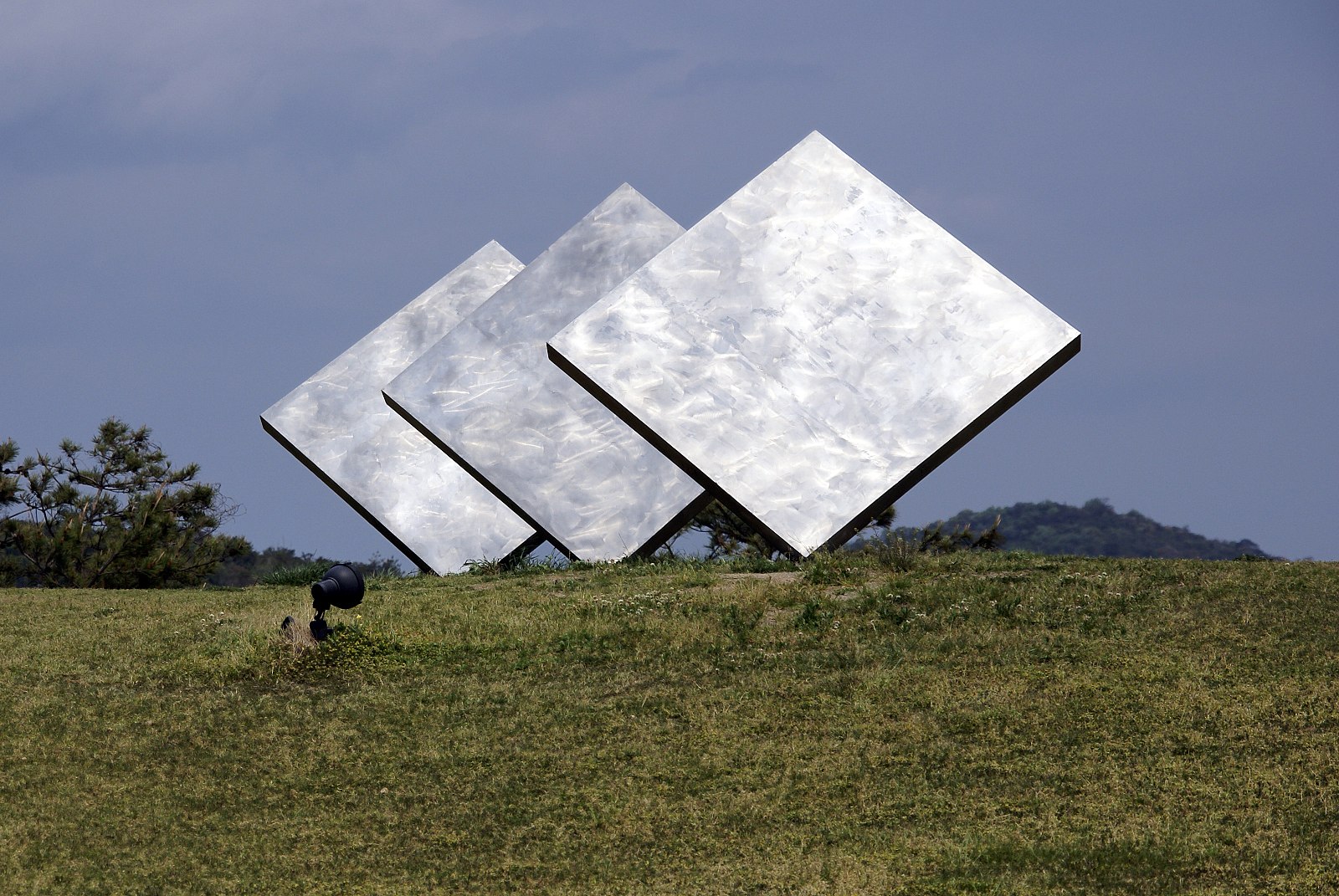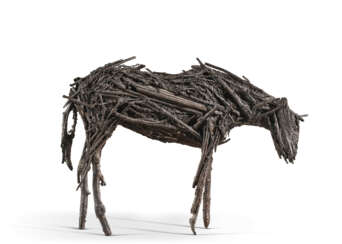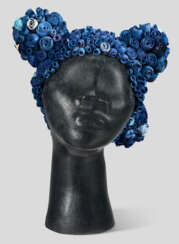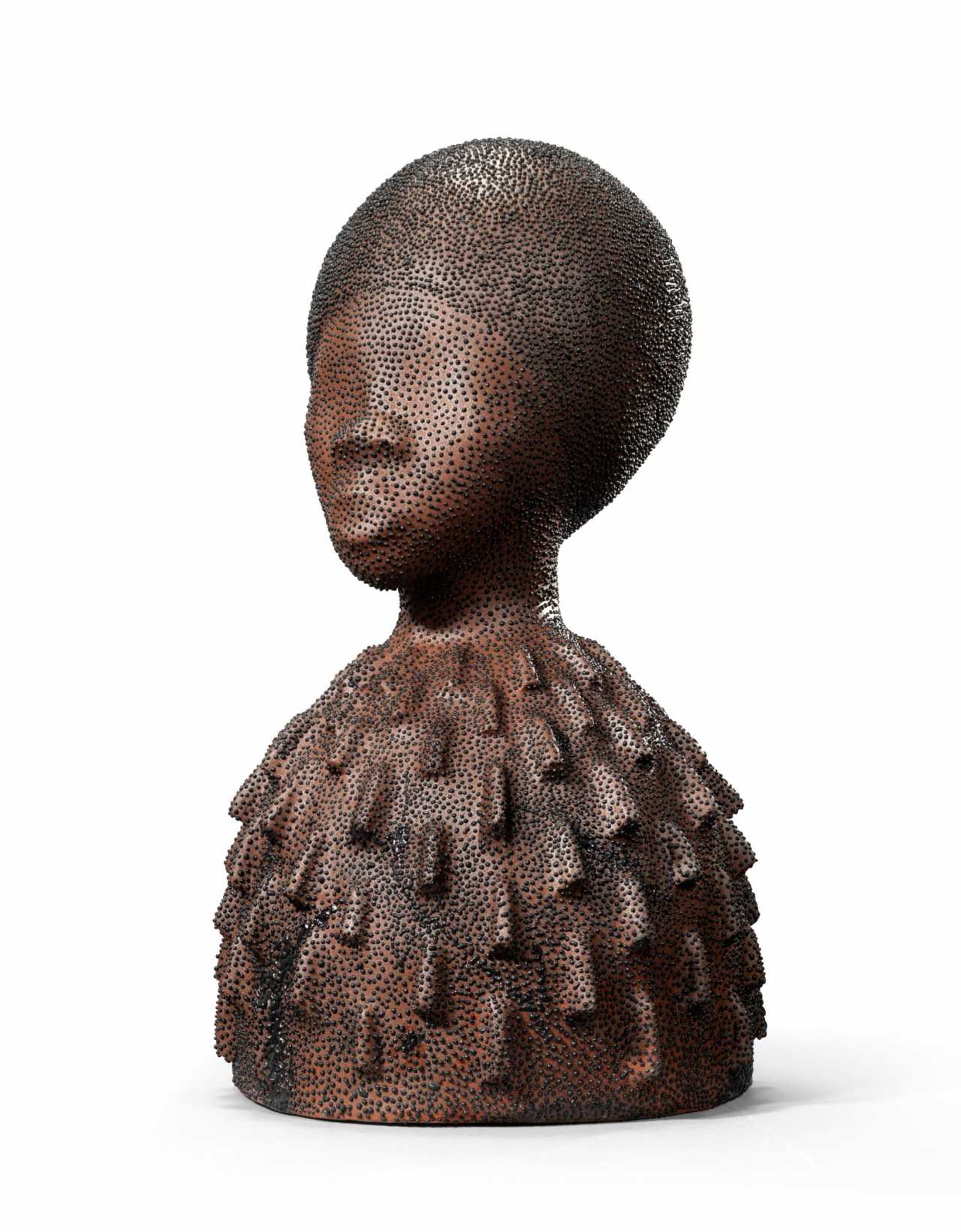
Sculptures, Statues & Figures — Post-War to Present
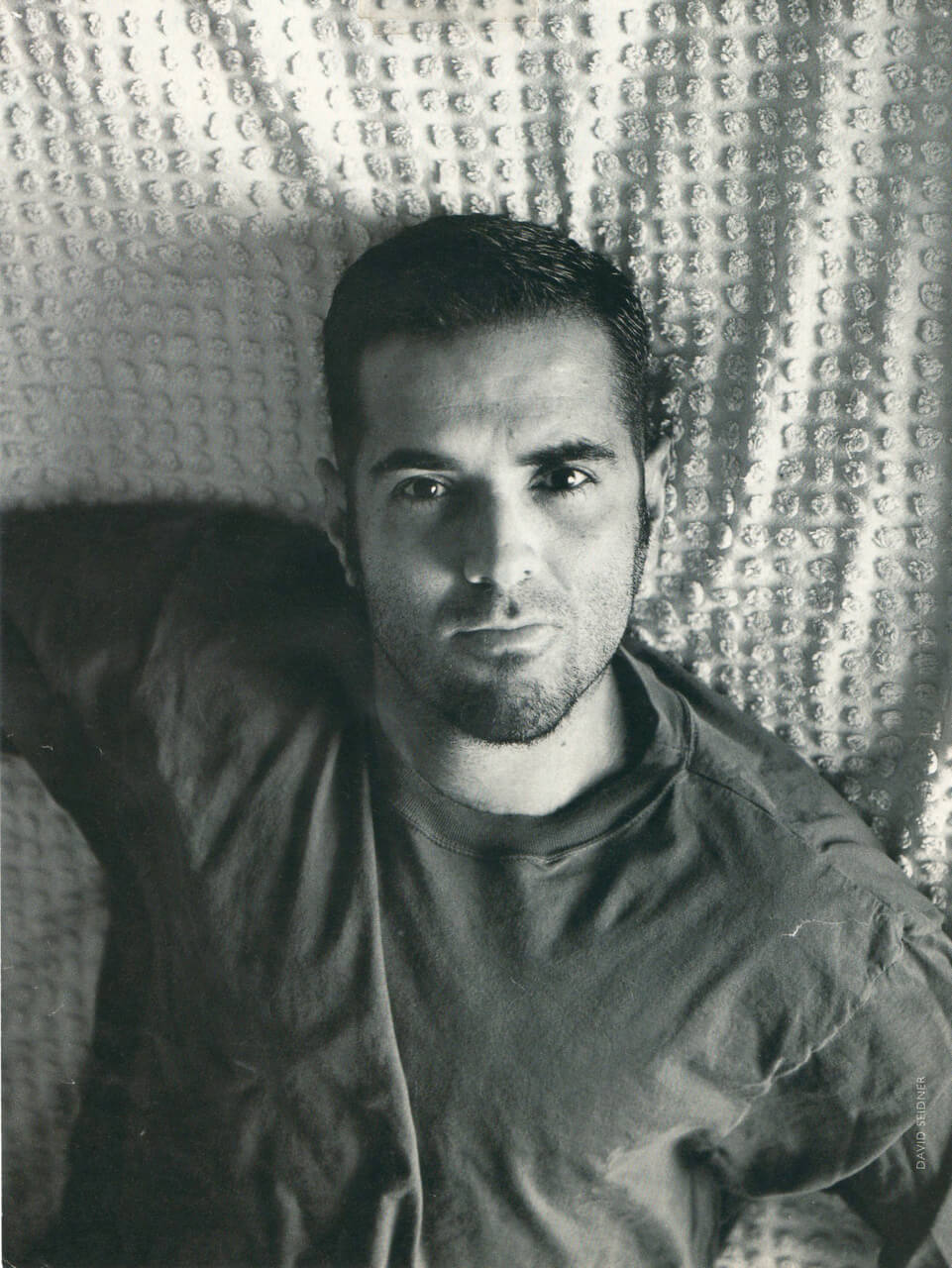
Félix González-Torres was a Cuban-born American visual artist. He lived and worked primarily in New York City between 1979 and 1995 after attending university in Puerto Rico. González-Torres was known for his minimalist installations and sculptures composed of everyday materials such as strings of lightbulbs, clocks, stacks of paper, or packaged hard candies. In 1987, he joined Group Material, a New York-based group of artists whose intention was to work collaboratively, adhering to principles of cultural activism and community education, much of which was influenced by the artist's experience as an openly gay man. González-Torres is known for having made significant contributions to the field of conceptual art in the 1980s and 1990s. His practice continues to influence and be influenced by present-day cultural discourses.
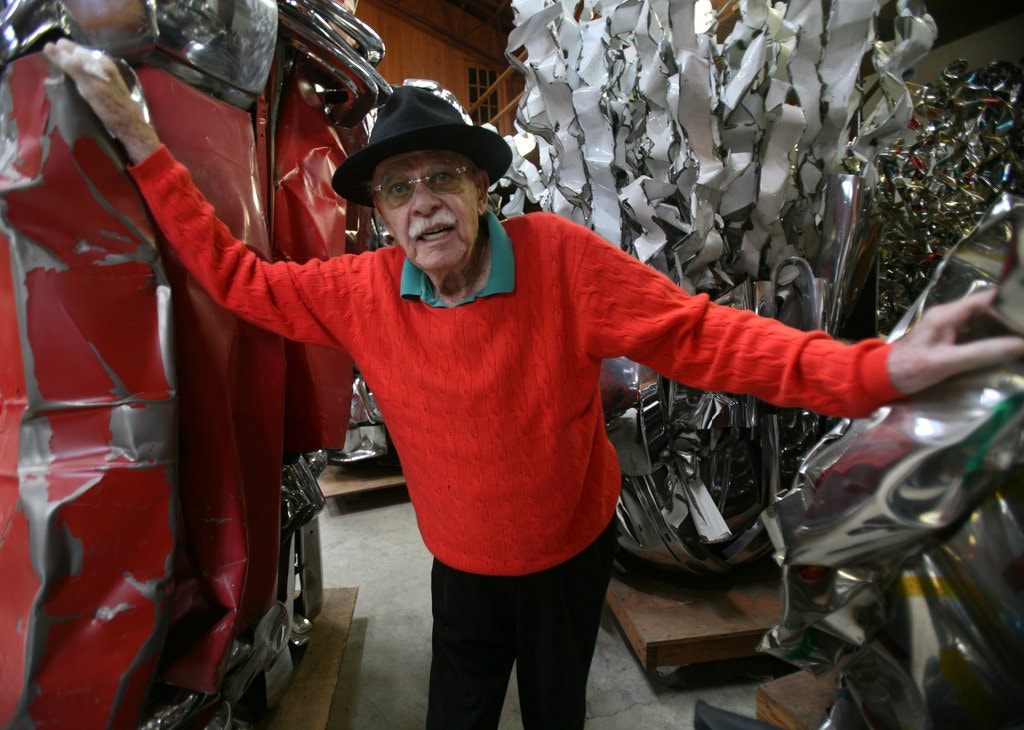
John Angus Chamberlain was an American sculptor. At the time of his death he resided and worked on Shelter Island, New York.
Chamberlain is best known for creating sculptures from old automobiles (or parts of) that bring the Abstract Expressionist style of painting into three dimensions.

John Angus Chamberlain was an American sculptor. At the time of his death he resided and worked on Shelter Island, New York.
Chamberlain is best known for creating sculptures from old automobiles (or parts of) that bring the Abstract Expressionist style of painting into three dimensions.

John Angus Chamberlain was an American sculptor. At the time of his death he resided and worked on Shelter Island, New York.
Chamberlain is best known for creating sculptures from old automobiles (or parts of) that bring the Abstract Expressionist style of painting into three dimensions.

John Angus Chamberlain was an American sculptor. At the time of his death he resided and worked on Shelter Island, New York.
Chamberlain is best known for creating sculptures from old automobiles (or parts of) that bring the Abstract Expressionist style of painting into three dimensions.
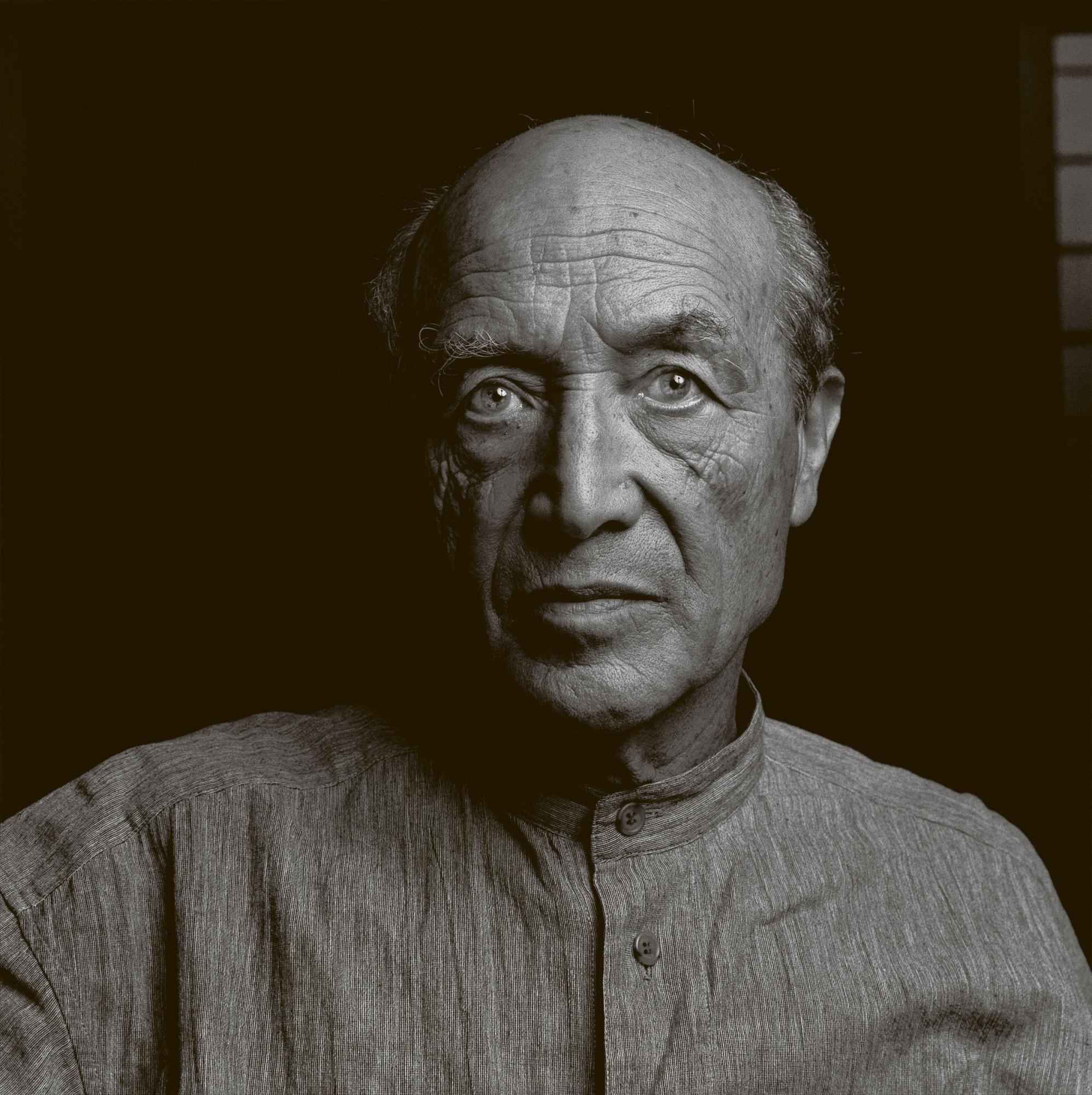
Isamu Noguchi (野口 勇) was an American artist and landscape architect whose artistic career spanned six decades, from the 1920s onward. Known for his sculpture and public artworks, Noguchi also designed stage sets for various Martha Graham productions, and several mass-produced lamps and furniture pieces, some of which are still manufactured and sold.
In 1947, Noguchi began a collaboration with the Herman Miller company, when he joined with George Nelson, Paul László and Charles Eames to produce a catalog containing what is often considered to be the most influential body of modern furniture ever produced, including the iconic Noguchi table which remains in production today. His work lives on around the world and at the Isamu Noguchi Foundation and Garden Museum in New York City.
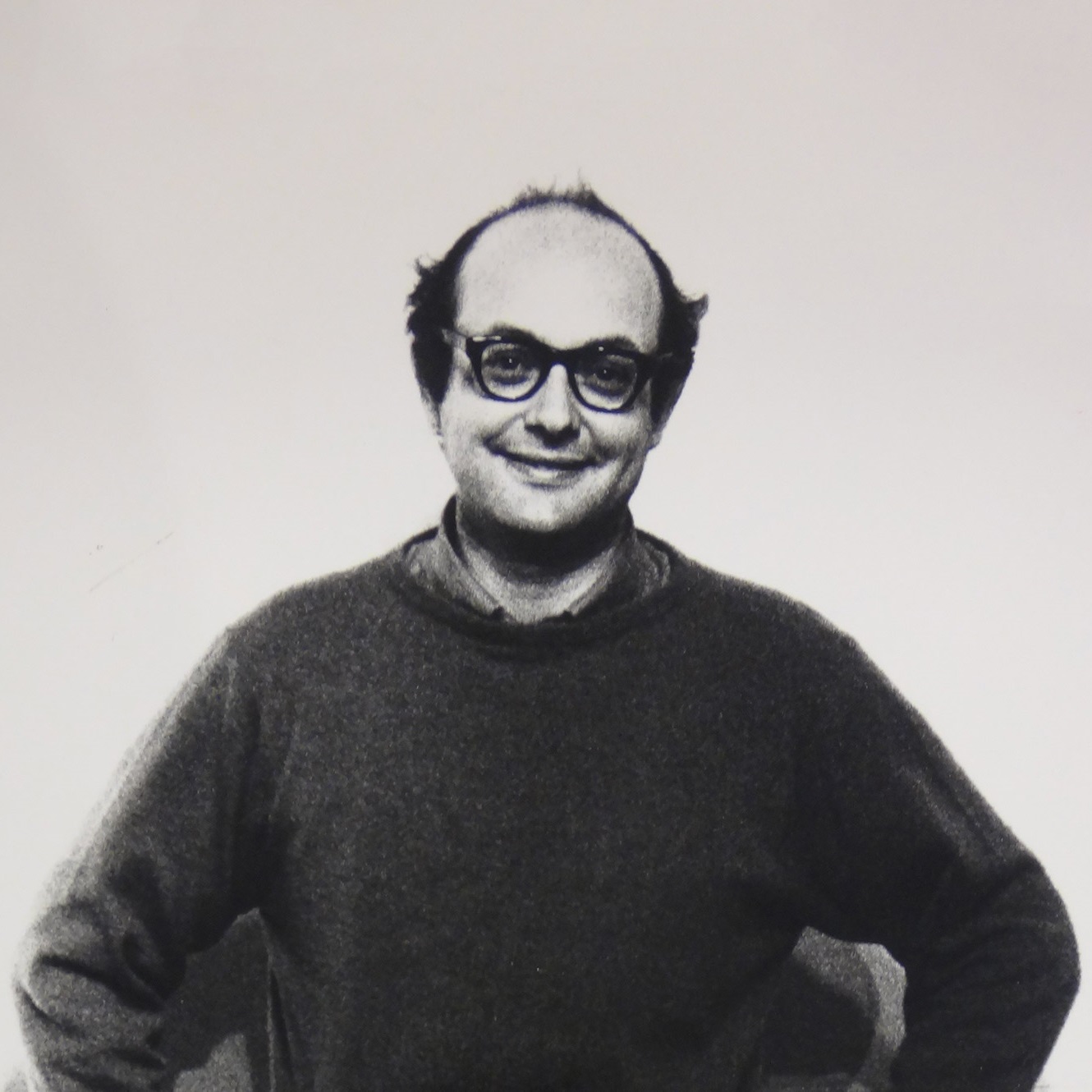
Sol LeWitt was an American artist linked to various movements, including conceptual art and minimalism.
LeWitt came to fame in the late 1960s with his wall drawings and «structures» (a term he preferred instead of «sculptures») but was prolific in a wide range of media including drawing, printmaking, photography, painting, installation, and artist's books.
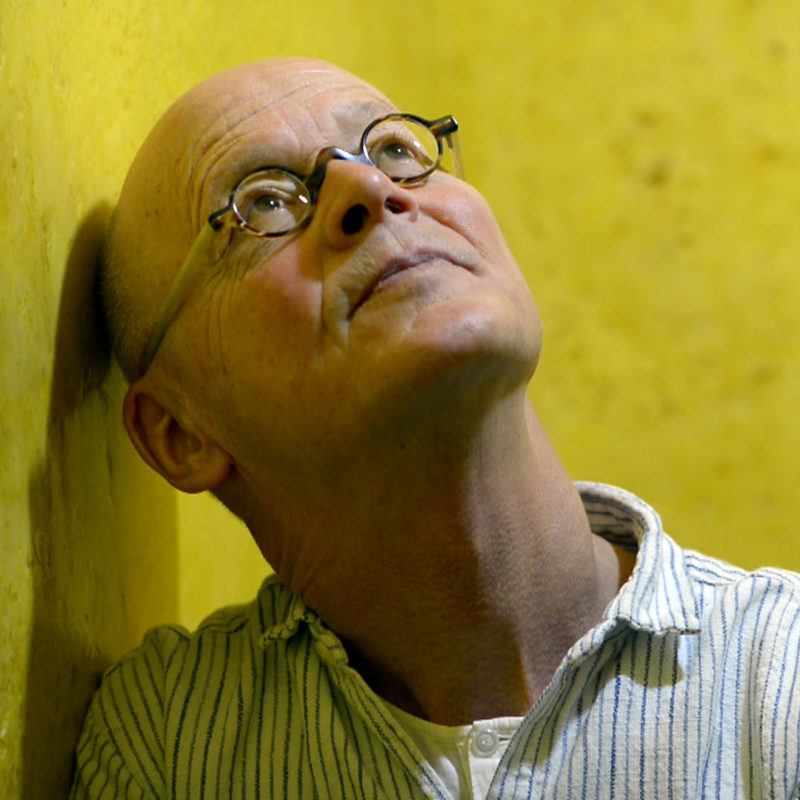
Wolfgang Laib is a contemporary German artist. He is known for his minimalistic and meditative installations that often incorporate natural materials, such as pollen, beeswax, and rice.
Laib studied medicine before turning to art, and his interest in the natural sciences has influenced his artistic practice. He is particularly interested in the connections between the human body, nature, and spirituality, and his work often explores themes of ritual, transformation, and transcendence.
One of Laib's best-known works is "Pollen from Hazelnut," an installation in which he collected pollen from hazelnut trees in the surrounding landscape and displayed it in a large, shallow wooden container. The work is intended to evoke a sense of the cyclical nature of life and the interconnectedness of all living things.
Laib has exhibited his work in museums and galleries around the world, including the Museum of Modern Art in New York, the National Gallery of Art in Washington, D.C., and the Hirshhorn Museum and Sculpture Garden in Washington, D.C. He represented Germany in the 1982, Venice Biennale and was included with his works in the Documenta 7 in 1982, and then in the Documenta 8 in 1987. In 2015, he was awarded the Praemium Imperiale, one of the world's most prestigious art prizes.
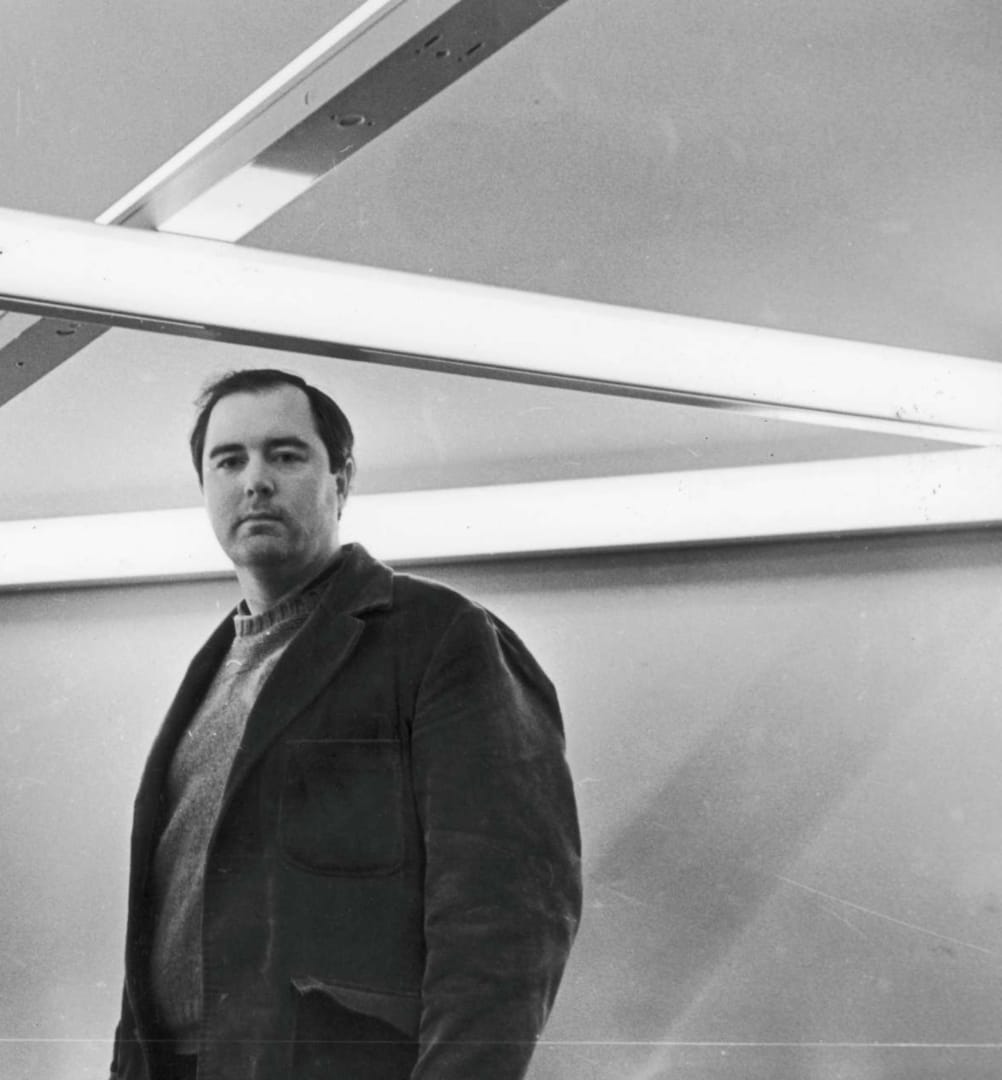
Dan Flavin was an American minimalist artist known for his use of fluorescent light as a medium. Flavin's work explored the aesthetic possibilities of industrial materials and the interaction between light, space, and color.
Flavin studied art at Columbia University. He began creating his iconic light installations in the 1960s, using commercial fluorescent tubes of various sizes and colors to create complex arrangements of light and shadow.
Many of Flavin's works were site-specific, designed to respond to the architecture and spatial dynamics of the exhibition space. Some of his most famous installations include "Monument for V. Tatlin" (1969), a tribute to the Russian Constructivist artist Vladimir Tatlin, and "Untitled (Marfa Project)" (1996), a permanent installation of colored fluorescent light in Marfa, Texas.
Flavin's work was recognized with numerous awards and honors, including the Guggenheim Fellowship and the Skowhegan Medal for Sculpture. He exhibited his work extensively in the United States and Europe, and his installations continue to be celebrated as seminal examples of minimalist and conceptual art.
Flavin's legacy as a pioneering artist continues to inspire new generations of artists working with light and other non-traditional materials.
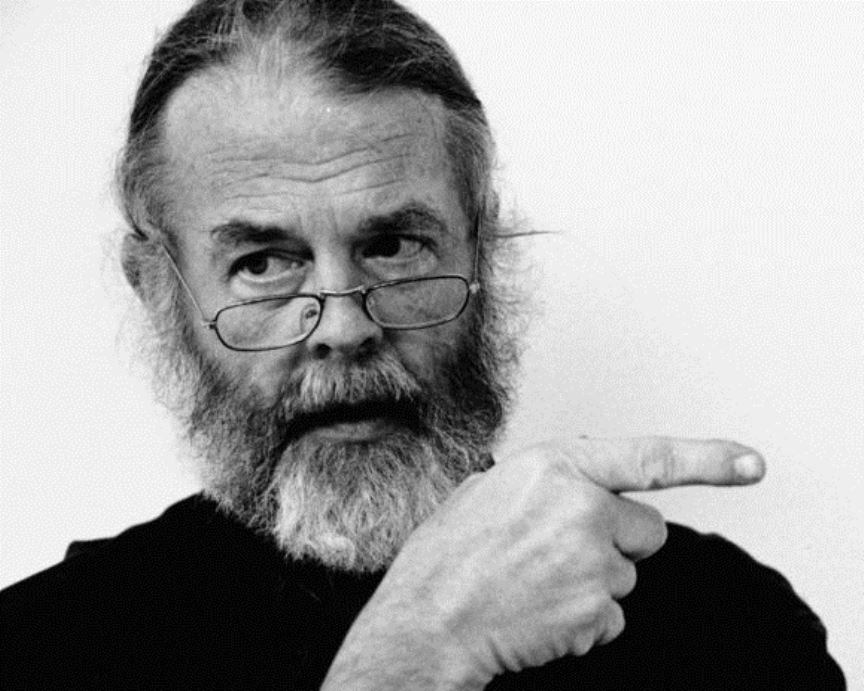
Frederick Lane Sandback was an American minimalist conceptual-based sculptor known for his Minimalist works made from lengths of colored yarn, drawings, and prints. Though he employed metal wire and elastic cord early in his career, the artist soon dispensed with mass and weight by using acrylic yarn. His work can be considered visionary or imaginative, as well as minimal and literal.
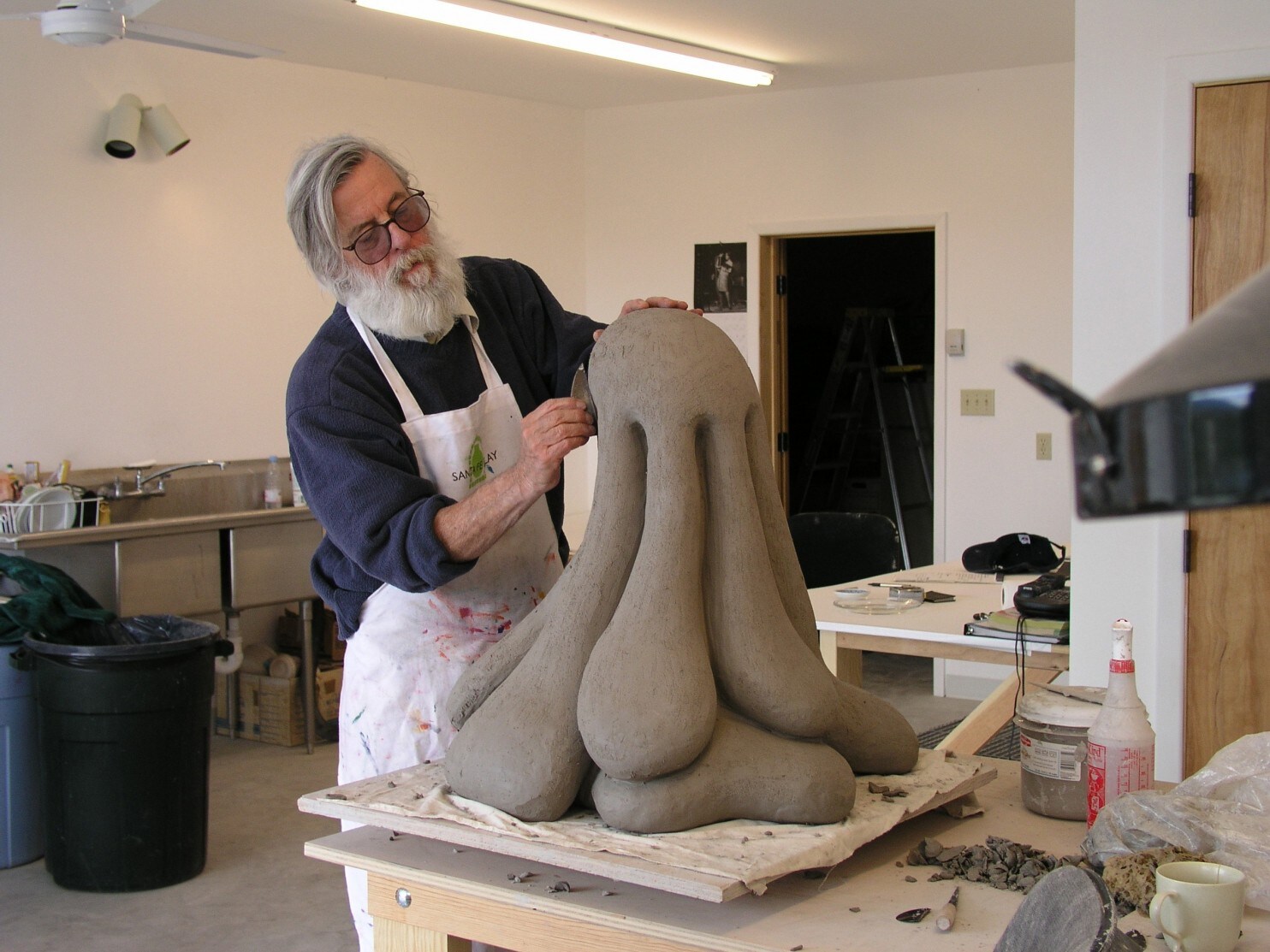
Kenneth Price was an American artist who predominantly created ceramic sculpture.
He is best known for his abstract shapes constructed from fired clay. Typically, they are not glazed, but intricately painted with multiple layers of bright acrylic paint and then sanded down to reveal the colors beneath.

Kenneth Price was an American artist who predominantly created ceramic sculpture.
He is best known for his abstract shapes constructed from fired clay. Typically, they are not glazed, but intricately painted with multiple layers of bright acrylic paint and then sanded down to reveal the colors beneath.
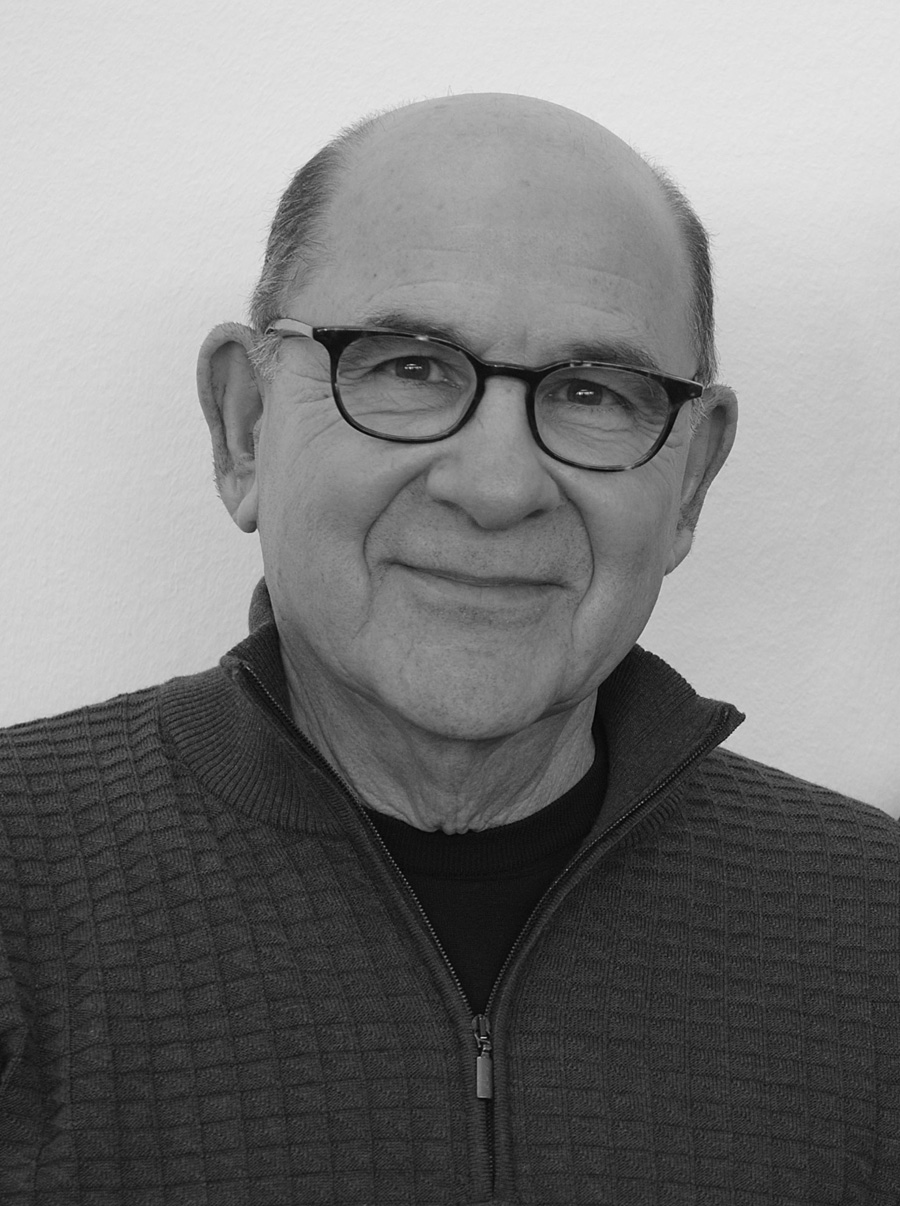
Joel Shapiro is an American sculptor renowned for his dynamic work composed of simple rectangular shapes. The artist is classified as a Minimalist as demonstrated in his works, which were mostly defined through the materials used, without allusions to subjects outside of the works.

Joel Shapiro is an American sculptor renowned for his dynamic work composed of simple rectangular shapes. The artist is classified as a Minimalist as demonstrated in his works, which were mostly defined through the materials used, without allusions to subjects outside of the works.
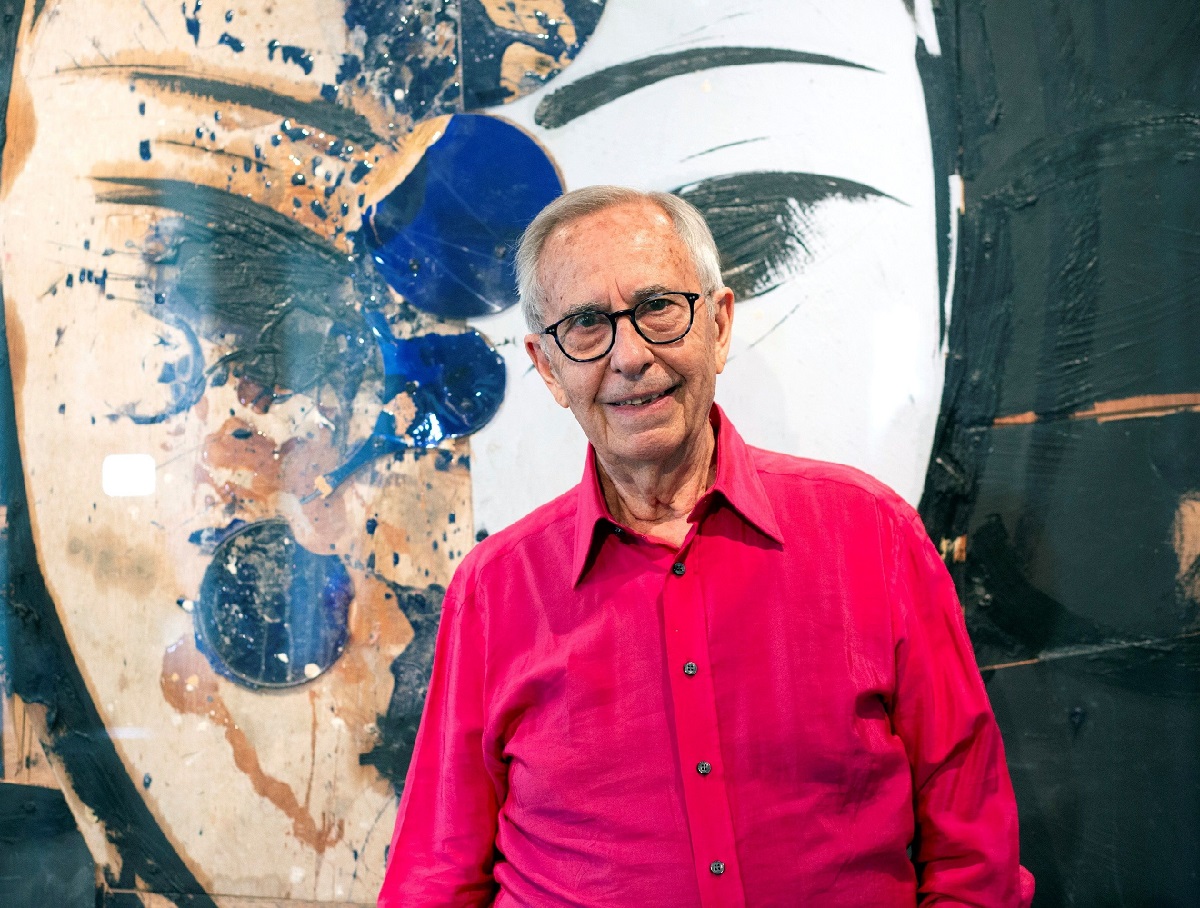
Manolo Valdés is a Spanish painter and sculptor who co-founded the influential Spanish pop art movement Equipo Cronica in 1964 with Rafael Solbes and Juan Antonio Toledo during the Franco dictatorship. Manolo Valdés uses art as a channel of expression. With humour and irony he depicts the political and social obligations of the state.
His large-scale paintings, sculptures and combined works are an open dialogue with reference to the masters of art history.
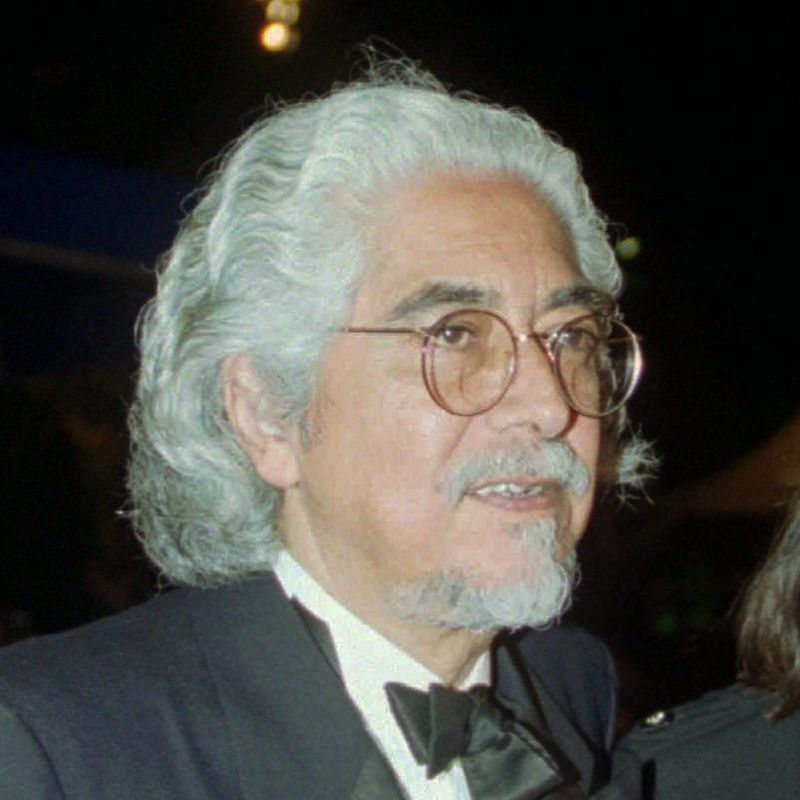
Robert Graham was a Mexican-born American sculptor based in the state of California in the United States. His monumental bronzes commemorate the human figure, and are featured in public places across America.
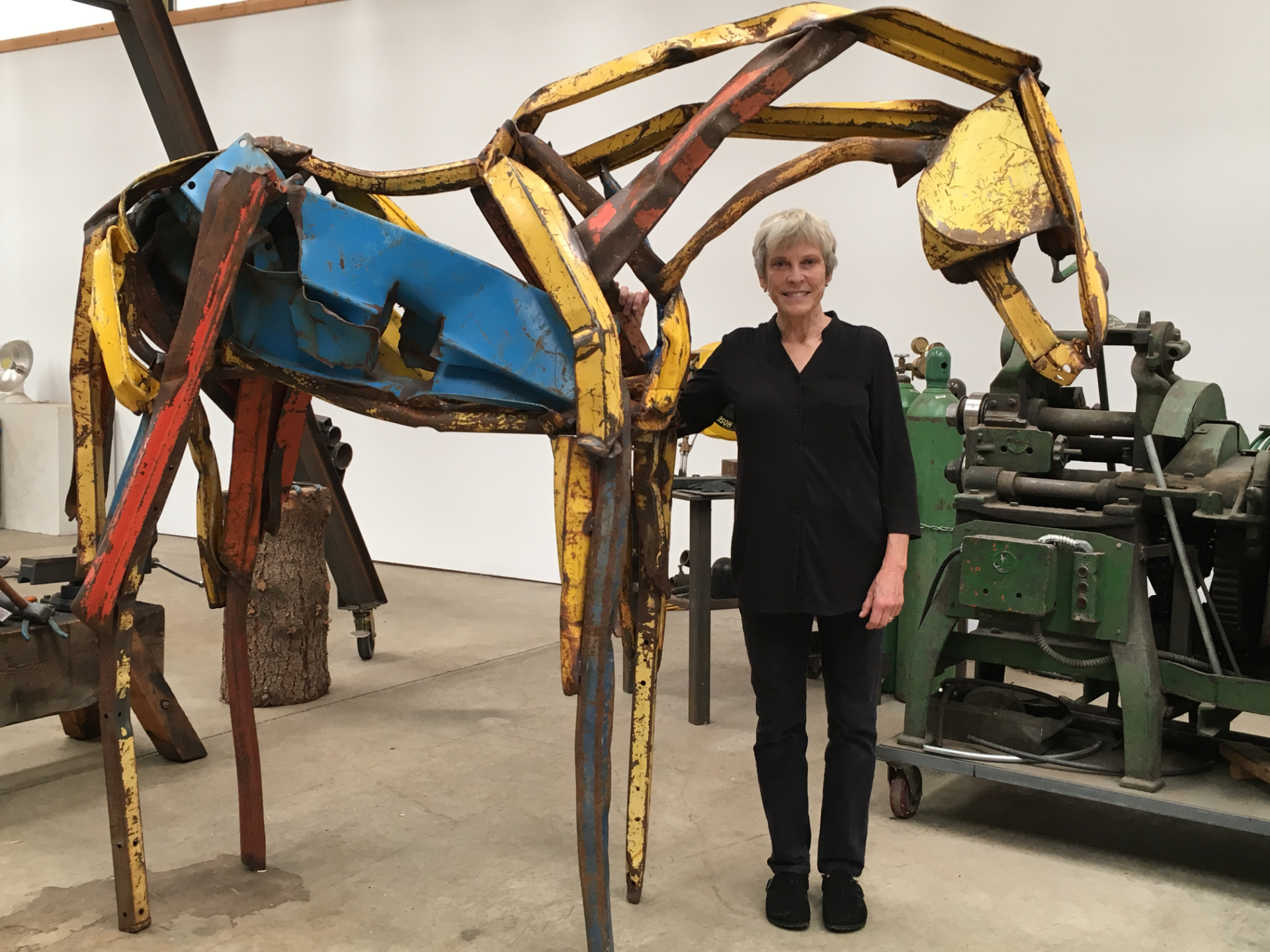
Deborah Kay Butterfield is an American sculptor. Along with her artist-husband John Buck, she divides her time between a farm in Bozeman, Montana, and studio space in Hawaii. She is known for her sculptures of horses made from found objects, like metal, and especially pieces of wood.

Joel Shapiro is an American sculptor renowned for his dynamic work composed of simple rectangular shapes. The artist is classified as a Minimalist as demonstrated in his works, which were mostly defined through the materials used, without allusions to subjects outside of the works.




